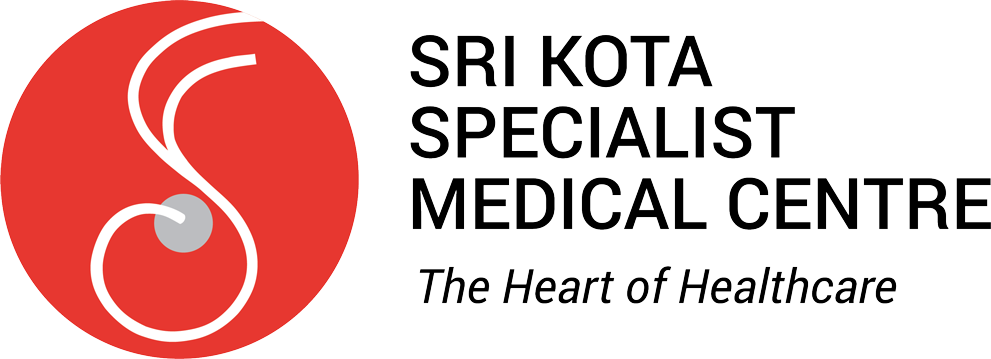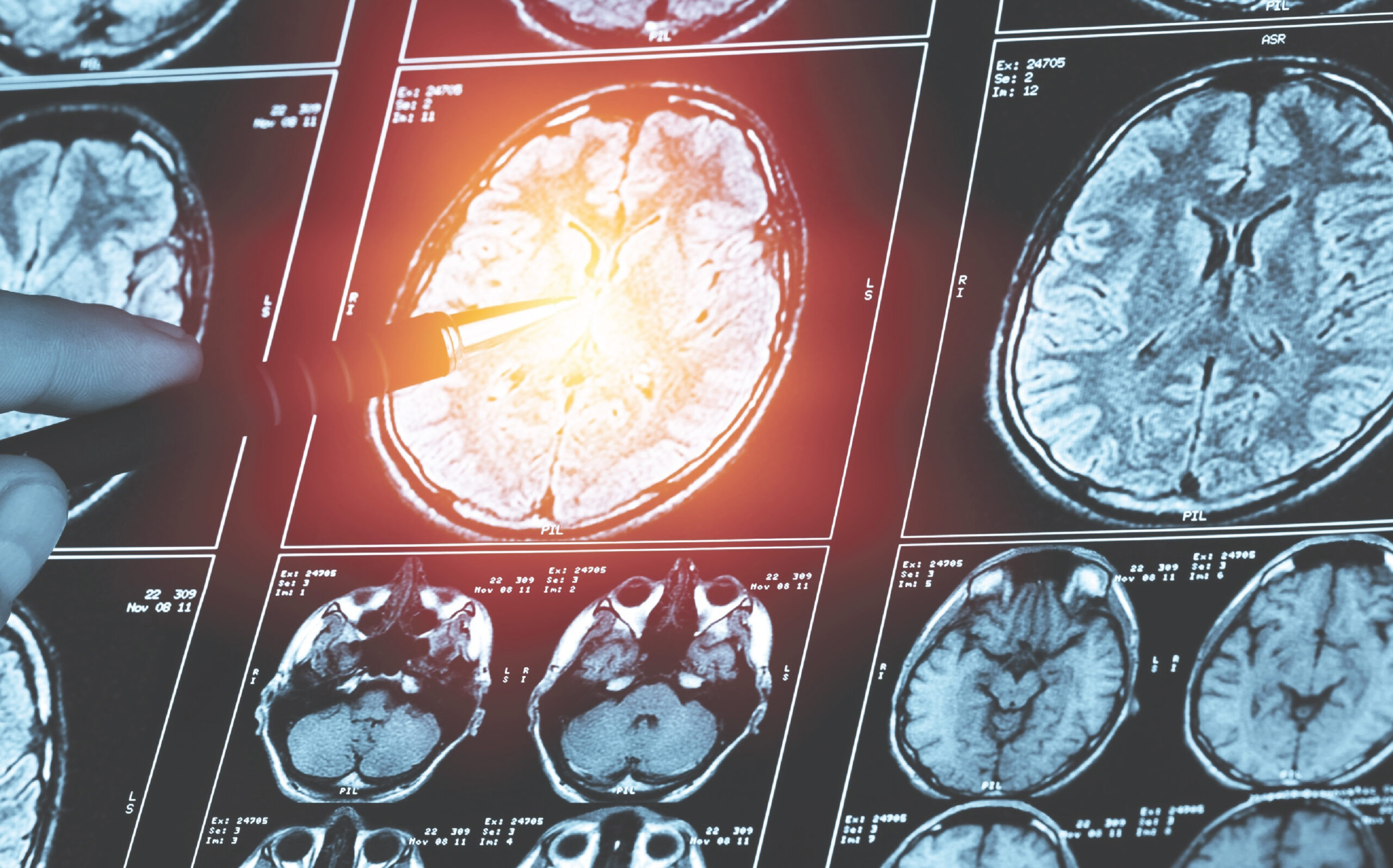Strokes are often referred to as a “silent killer.” Could you explain what strokes so dangerous and why they sometimes go unnoticed until it’s too late?
Mini stroke / TIA- Transient ischaemic attack can present as transient neurological symptoms which resolves spontaneously within few minutes to hours. These group of patients have high risk ( as high as 18% ) of developing stroke in 90 days. If patients take it lightly, they are at risk to develop stroke.
Could you provide an overview of the different types of strokes and their causes?
Generally, there are 2 types of strokes: ischemic (blood clot) and haemorrhagic (bleeding) stroke.
75-80% of strokes are ischemic stroke. 15-25% are haemorrhagic stroke. Ischaemic stroke occurs due to blood supply to part of your brain is cut off because of a blood clot, which originates from the brain , neck, or heart. Haemorrhagic stroke usually is due to uncontrolled hypertension or abnormal blood vessels.
Why is early recognition so important?
In carefully selected group of stroke patients, doctors can infuse thrombolytic therapy – clot buster to lyse the blood clot. But it is only effective if done within 4.5H from stroke onset. The earlier it is given, the greater the effect. Hence, early recognition and arrival to hospital is essential to improve recovery.
Strokes can happen to anyone, regardless of age. Could you discuss some of the factors that might increase a person’s susceptibility to having a stroke?
- Up to 80% of strokes are preventable.
- Stroke is the second leading cause of death worldwide.
- Sixteen million people a year experience a stroke.
- One in four people experience a stroke in their lifetime.
- Stroke can occur at any age and at any time and many of those occur in people with a low to medium risk of having a stroke.
The common risk factors are hypertension, diabetes, dyslipidaemia, smoking, alcohol , obesity and AF
1 in 5 people who have a stroke are diabetic and people with diabetes have poorer outcomes from stroke compared with the rest of the population.
Drinking too much alcohol can increase your risk of stroke. Globally, excessive alcohol consumption is linked to over 1 million strokes each year. The upper daily limit is 2 units of alcohol for men and 1 unit of alcohol for women. Because different drinks have different levels of alcohol by volume (ABV) a single unit of alcohol is not the same thing as a single drink.
(1 unit of alcohol is equivalent to 40 ml of 40% proof spirits, 80 ml of fortified wine or sherry, 140 ml of table wine or 340 ml of regular beer)
Atrial fibrillation (also called AFib or AF) is a condition where the heartbeat is irregular and often very fast. In people with AF the two upper chambers of the heart (the atria) don’t beat efectively. As a result, blood doesn’t get pumped out properly, it pools and can form clots which can then dislodge and circulate around the body. If these clots travel to the brain and blocks a blood vessel, it can trigger a stroke.
People with AF are five times more likely to experience a stroke. AF can cause blood to clot in the heart, if these clots break up or dislodge they can travel to the brain and cause a stroke. People who have AF related strokes are more likely to die or be seriously disabled following stroke.
You may be at risk and not know it. Know your risk and prevent a stoke by using Stroke RIskometer
The Stroke Riskometer is a unique and easy to use tool for assessing your individual risk of a stroke in the next five or ten years and what you can do to reduce the risk. It is endorse by WSO- World Stroke Organization.
Stroke prevention is a key aspect of maintaining overall health. What lifestyle changes and habits can individuals adopt to reduce their risk of experiencing a stroke?
1 in 4 of us will have a stroke in our lifetime, but almost all strokes can be prevented. If you want to avoid a stroke the first step is to understand your individual risk factors.
In Malaysia, the commonest stroke risk factors are hypertension, diabetes, dyslipidaemia, smoking and sedentary lifestyle. Prevention is better than cure. Therefore, we have to lead a healthy lifestyle- exercise at least 3x per week – minimum 30 minutes each session, eat regular balanced diet and have regular annual body checkup.
Avoiding alcohol or sticking to recommended consumption of no more than 2 units of alcohol a day will reduce your risks
Smoking tobacco increases your risk of having a stroke. Someone who smokes 20 cigarettes a day is 6 times more likely to have a stroke compared to a non-smoker
Even if you are a long-term smoker, quitting will reduce your risk of stroke almost immediately. Within 8 hours of quitting, your blood oxygen levels will improve and carbon monoxide and nicotine levels in your body will go down by more than half. After 2-12 weeks, your circulatory system will start to improve, after two years your risk will reduce significantly and after five years your risk is the same as non-smokers.
The best diet for stroke prevention is a diet that is mostly plant-based with small amounts of meat, fish. This diet has been described as a ’Mediterranean Diet’ and there is a large body of evidence to support its benefits for cardiovascular health and stroke prevention.
Principle of good diet:
- Fruits and vegetables– 5 or more servings per day
- Oily fish, such as sardines, salmon or mackerel– at least 2 portions per week
- Healthy oils– olive oil accounts for most calorific intake in the Mediterranean diet, rapeseed/canola, sesame oil could be used
- Tree nuts and peanuts – at least 3 servings per week
- Legumes, such as peas, beans and lentils – at least three servings a week
Regular exercise is important. Just 30 minutes of exercise five times a week can reduce your risk of stroke by 25%.
by Dr Wong Sing Keat, Consultant Neurologist & Physician.
Note: Part 2 to be continued next month.

